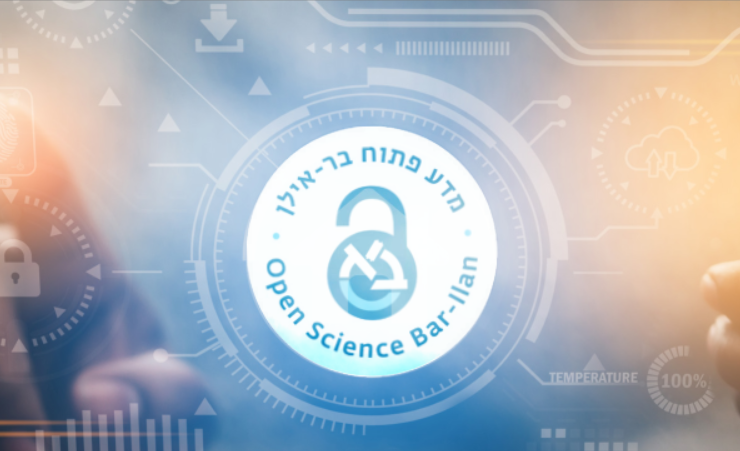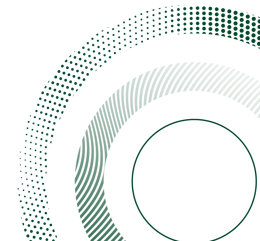Open Access Publishing

Open access publishing means providing free access to academic resources (articles, books, theses, reports, etc.) to all, without any technical, financial, or legal restrictions, except for maintaining the author's copyright.
The concept of open access allows the distribution of academic resources in any digital media or copying them freely, while ensuring proper attribution to the authors and maintaining their copyrights.
Discounts on publications
The Libraries and Information Division is making efforts to assist...
The costs of publishing in Open Access journals can be high for researchers. Therefore, the Libraries and Information Division is making efforts to sign agreements that allow researchers and academic staff members at Bar-Ilan University to publish at no cost or at a reduced cost.
Please note
You must submit the article for publication using your Bar-Ilan University email address, identify yourself as a researcher or academic staff member at the institution, and wait for precise instructions from the publisher you contacted.
Search for journals
The search box below allows you to search for a specific journal and receive information about the level of funding available.
Enter the name of the desired journal. If the journal appears, the information provided will include: the name of the publisher, whether full or partial funding is available, and the type of license.
If it does not appear, it means there is no funding for it.
List of Publishers and Existing Agreements
ACM (Association for Computing Machinery) The agreement allows the publication of articles free of charge in all journals. When submitting the article, you must use the Bar-Ilan University email address only. More details can be found here. |
American Institute of Physics (AIP) The agreement allows the publication of articles free of charge in all hybrid journals (journals that allow the publication of open access articles alongside regular publication). More details can be found here. |
BRILL The agreement allows the publication of articles free of charge in all journals. Types of articles included in the agreement: Research or Review Article, Brief Report, Case Report, Rapid Communication. More details can be found here. |
Cambridge University Press The agreement allows the publication of articles free of charge in all journals. More details can be found here. |
Chemistry of Society Royal (RSC) The agreement allows the publication of articles free of charge in all hybrid journals (journals that allow the publication of open access articles alongside regular publication). More details can be found here. |
Company of Biologists The agreement allows the publication of articles free of charge in all journals. More details can be found here. |
Elsevier The agreement allows the publication of articles free of charge in all hybrid journals (journals that allow the publication of open access articles alongside regular publication). To review the journals covered under the agreements and to obtain detailed information regarding the applicable discount rates or exemptions from publication fees, please utilize the search system provided here. |
Emerald The agreement grants a 10% discount on the publication price in all journals. More details and the list of journals can be found here. |
Frontiers The agreement grants a 10% discount on the publication price in all journals. More details and the list of journals can be found here. |
Institute of Physics (IOP) The agreement allows the publication of articles free of charge in all hybrid journals (journals that allow the publication of open access articles alongside regular publication) and in open access journals. More details can be found here. |
Karger The agreement allows the publication of articles free of charge in all journals. The list of journals can be found here. |
Oxford University Press (OUP) The agreement allows the publication of articles free of charge in hybrid journals. Researchers who publish in fully open access titles can receive a 15% discount on the APC (Article Processing Charge). To review the journals covered under the agreements and to obtain detailed information regarding the applicable discount rates or exemptions from publication fees, please utilize the search system provided here. |
Sage Publishing The agreement allows the publication of articles in hybrid journals at a cost of only £200, which is a significant discount from the regular price. For publication in fully open access journals, a 20% discount on the APC (Article Processing Charge) is provided. More details and the list of journals can be found here. To review the journals covered under the agreements and to obtain detailed information regarding the applicable discount rates or exemptions from publication fees, please utilize the search system provided here. |
Springer Nature The agreement allows the publication of articles free of charge in all Springer hybrid journals (journals that allow the publication of open access articles alongside regular publication). More details can be found here. |
Taylor & Francis The agreement allows the publication of articles free of charge in all hybrid journals (journals that allow the publication of open access articles alongside regular publication). |
Wiley The agreement allows the publication of articles free of charge in all hybrid journals (journals that allow the publication of open access articles alongside regular publication). To review the journals covered under the agreements and to obtain detailed information regarding the applicable discount rates or exemptions from publication fees, please utilize the search system provided here. Here are some resources that can assist you in the publication process: |
Tools and Tips
Open access publishing requires prior planning. Here you can find a variety of tools to help you locate relevant information to support your decisions about open access publishing, identify suitable repositories, and recognize predatory journals to avoid publishing in them.
The links were presented in a dedicated workshop for faculty and doctoral students organized by the Library and Information Division.
Tools to support decision-making about open access publishing
|
Deposit repositories please note!
|
Tools for identifying predatory journals
|
Important
What drives engagement in Open Access
| ||||||||||||
Why is open access to academic sources important?
| ||||||||||||
What are the main models in open access publishing? There are two main models for open access publishing – the 'Gold' route and the 'Green' route. Gold Access:
Green Access:
Please note: | ||||||||||||
What are the risks associated with implementing the open access model?
| ||||||||||||
What is a 'predatory' journal / conference? A. Definition
Predatory conferences are an increasingly common phenomenon in academia and share similar characteristics. B. How to Identify Predatory Journals
C. How to Identify Predatory Conferences Scientific conferences can be placed on a spectrum from legitimate to deceptive. The following table outlines the characteristics of each category:
|
Open Access Week
The Libraries and Information Division Open Access Week
Contact us
The Libraries and Information Division, in collaboration with the President's Office, invites researchers to Zoom consultation sessions.
Every Sunday from 12:00 PM to 1:00 PM, the "Open Science" team will answer questions on topics such as:
- Publishing in open access at no cost
- Increasing the number of citations for your articles
- Choosing the appropriate journal for publication
- Meeting the requirements of your research funding body regarding open science
- Managing and depositing research data
- And any other questions about open science
For questions or inquiries, please contact
Dr.Yehudit Shkolnisky Lieberman or Ms. Sarit Sambol Szasz









